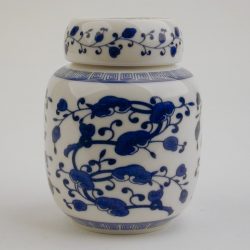Style
Although the traditional Matcha style has its origins in the elaborate Japanese tea ceremony, a simplified presentation creates a memorable experience for the tea drinker.
Teaware Needed
The Matcha bowl, or Chawan, is used to prepare and drink Matcha. We offer several different kinds of handmade, 12 oz Matcha bowls from Tokoname, Japan.
The curved portion of the tea scoop, or Chashaku, is used to scoop tea from the Natsume. The Chashaku that we sell is made from black bamboo; often, more elaborate and decorative Chashakus will be used in ceremonies.
The bamboo whisk, or Chasen, is used to dissolve Matcha in water. Many types of Chasen can be found in various colors and thickness. The highest quality whisks are made by hand, including the detailed work of curling thin strands of bamboo.
Preparation
Use 3 scoops of Matcha for 8 ounces of filtered water at 160 F. Press on the tea powder gently, use the whisk with a fast, sideways motion, and bring to a froth.

Variants
Usucha, or thin tea, is prepared with half a teaspoon of Matcha and approximately 75 ml (2.5 oz) of hot water, which can be whisked to produce froth or not, according to the drinker’s preference (or to the traditions of the particular school of tea). Usucha creates a lighter and slightly more bitter tea.
Koicha, or thick tea, requires significantly more Matcha, as many as six teaspoons, and up to 3/4 cup of water. Because the resulting mixture is significantly thicker, blending it requires a slower stirring motion which does not produce foam. Koicha produces a sweeter tea, and is served almost exclusively as part of Japanese tea ceremonies.
Flavor Profile:
Sweet, creamy, and buttery with a rich oceanic taste.
Click here to download the PDF Brewing guide for Traditional Style Matcha






